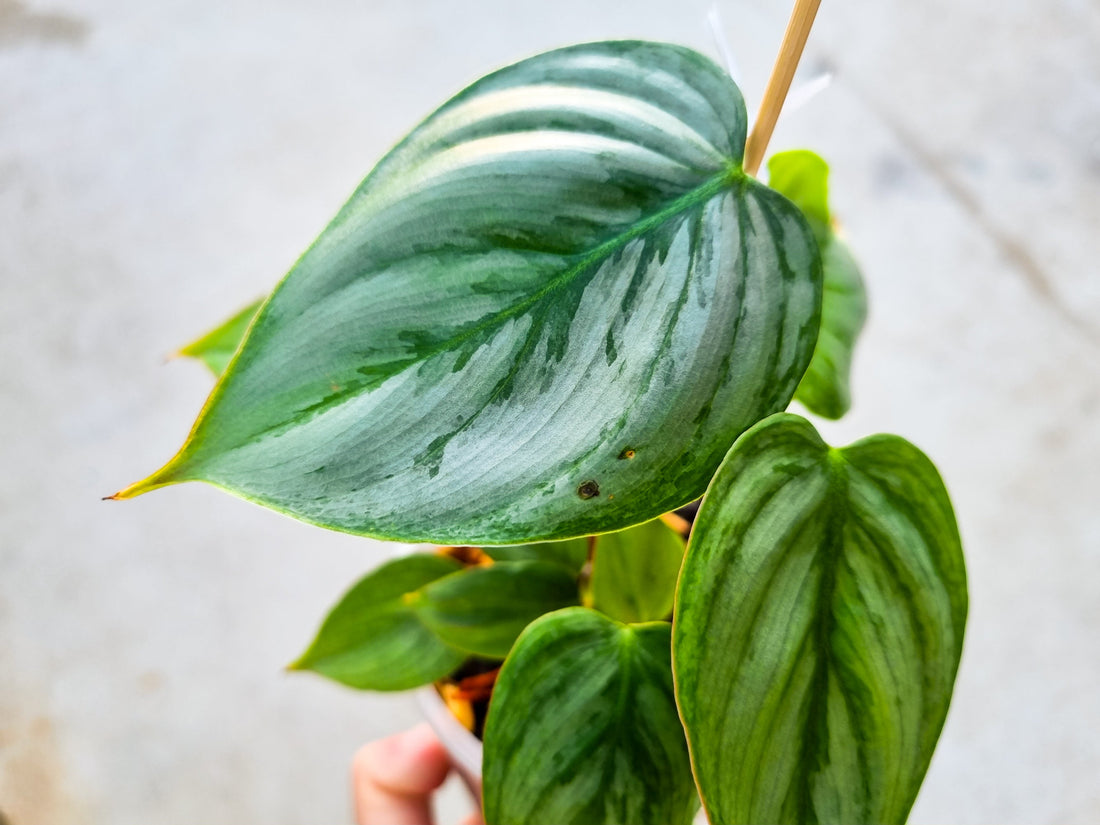
Philodendron Care 101: Everything You Need to Know
Philodendrons are beloved houseplants known for their lush, tropical foliage and easy-growing nature. Whether you're a beginner plant parent or looking to expand your indoor jungle, philodendrons are a great choice. With the right care, these vibrant plants will thrive and bring a touch of greenery to any space. In this guide, we’ll cover all the essentials of philodendron care, including light, watering, humidity, and troubleshooting common issues.
Light Requirements
Philodendrons thrive in bright, indirect light but can also tolerate lower light conditions. Direct sunlight, especially intense afternoon rays, can scorch their leaves, while too little light may lead to leggy growth and smaller leaves.
Best Placement: Near an east- or north-facing window, or a few feet away from a bright, sunny window with filtered light.
Watering Needs
Philodendrons prefer soil that is consistently moist but not soggy. A good rule of thumb is to water when the top 1–2 inches of soil feel dry. Overwatering can lead to root rot, while underwatering can cause drooping leaves.
Watering Tips:
-
Use room-temperature water.
-
Ensure the pot has drainage holes.
-
Reduce watering in winter when growth slows down.
Humidity & Temperature
As tropical plants, philodendrons enjoy a bit of humidity but are adaptable to average household conditions.
Ideal Conditions:
-
Humidity: 50–60% is ideal, but they can tolerate lower levels.
-
Temperature: Keep between 18–30°C and avoid cold drafts or sudden temperature changes.
Boosting Humidity:
-
Use a pebble tray with water.
-
Mist the leaves occasionally.
-
Place near a humidifier.
-
Grow in a greenhouse or plant cabinet.
Soil & Fertilizing
A well-draining, airy potting mix is key for philodendrons. A mix of potting soil, perlite, orchid bark, and horticultural charcoal works well to keep roots healthy. You can also add coconut coir chips or pine bark - anything chunky that will leave little air pockets around your roots. Coconut coir chunks have the added benefit of retaining moisture.
Fertilizing Routine:
-
Use a balanced liquid fertilizer regularly during the growing season (spring and summer).
-
Reduce feeding in fall and winter when growth slows.
Common Problems & Solutions
Even with the best care, philodendrons can sometimes run into issues. Here’s how to troubleshoot common problems:
-
Yellow Leaves: Often caused by overwatering. Check the soil and adjust watering accordingly.
-
Drooping Leaves: Could be due to underwatering, overwatering, or temperature stress.
-
Leggy Growth: Likely a sign of insufficient light. Move your plant to a brighter spot.
-
Brown Leaf Tips: Low humidity or inconsistent watering. Increase humidity and ensure regular watering.
-
Pests (Spider Mites, Mealybugs, Aphids): Wipe leaves with a damp cloth, use insecticidal soap, or treat with neem oil.
Final Thoughts
Philodendrons are one of the easiest houseplants to care for, making them perfect for both beginners and experienced plant enthusiasts. With proper light, watering, and humidity, they will reward you with lush, vibrant growth. Follow these care tips, and your philodendron will thrive for years to come!
Have a question about philodendron care? Drop it in the comments below! 🌿
